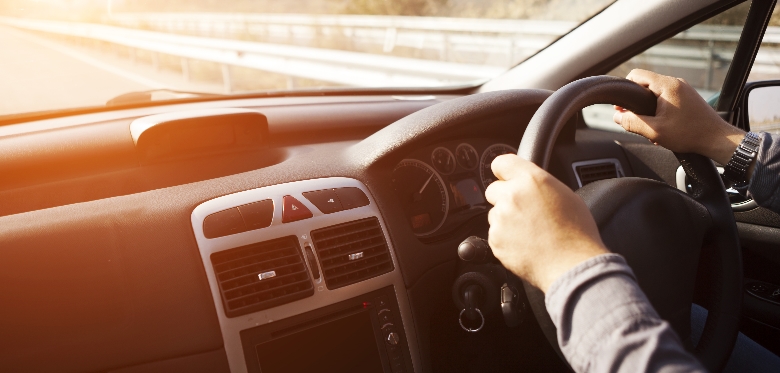Almost two thirds of road accidents happen on roads that have a speed limit of 30 miles an hour or less, and most accidents occur on rural rather than urban roads, and usually within 25 miles of our homes.
There were 1,710 road deaths in the year ending June 2017, which statistically was no different to the year ending 2016. In total, 27,130 people were killed or seriously injured in road collisions in the year ending June 2017.
There were 176,500 casualties of all severities in the year ending June 2017, which was down five per cent from the previous year. (Source: Department for Transport Statistical Release 26/10/17)
However it is recommended that these recent figures be viewed with some caution due to the way in which the police record such incidents having change in the year ending June 2017. This has impacted the figures and has cast some doubt on their reliability.
What is clear however, is that we need to focus on why there is a prevalence of accidents on rural roads, and not on a motorway when people are travelling at greater speeds. I have seen headline grabbers such as “Country roads 11 times more deadly than motorways” (Source: BBC News, January 2012).
Some people suggest it is because you are more relaxed when driving locally and at lower speeds, hence lowering concentration levels. And this would accord with another statistic, which is that you are more likely to have a road accident on a Friday. Are people thinking of other things on a Friday, such as their plans for the weekend, going out, catching a film, DIY at the weekend? Or maybe people are just tired after a hard week at work?
Late afternoons and evenings are also ranked as the most dangerous time to drive, which again isn’t surprising. So combine driving home, on a winters night, on a Friday evening. A high risk journey!
So what can we do to protect ourselves? Well try to remain alert at all times, even when driving home from work after a long, hard day. Open a window if you feel tired or too relaxed. Don’t have any distractions such as loud music and more importantly, your mobile phone. Remember, it is illegal to use your phone whilst driving and that includes even utilising it as a navigation tool. And just because you know the journey like the back of your hand, doesn't mean you should mentally switch to “auto pilot”. Perhaps drive a different route home to keep concentration levels up.
If we had lighter evenings, there would be less crashes and some road safety experts have called for the adoption of a single/double British summertime. RoSPA has a very helpful factsheet on this, which outlines the benefits, which are not limited to less people being killed and injured in road accidents, but also the environmental, economic and health benefits of having later lighter nights. Plus it would align us with the Central European Time Zone.
So, if you can make your journey a little earlier, before it goes dark, it would be safer. But we are thankfully coming into the light nights slowly but surely. No longer is it dark at 4pm, so that drive home isn’t quite as dangerous. But please, until we get to the light nights once the clocks go forward in March, please take care when driving, particularly if it’s close to home.
If you or someone you know has been injured in a road collision, whether in a car, on a motorbike, bicycle or as a pedestrian, we could assist. We have a highly specialised personal injury team who are able to advise you through such a claim. To speak to one of our specialists please call 01616 966 229.



Comments